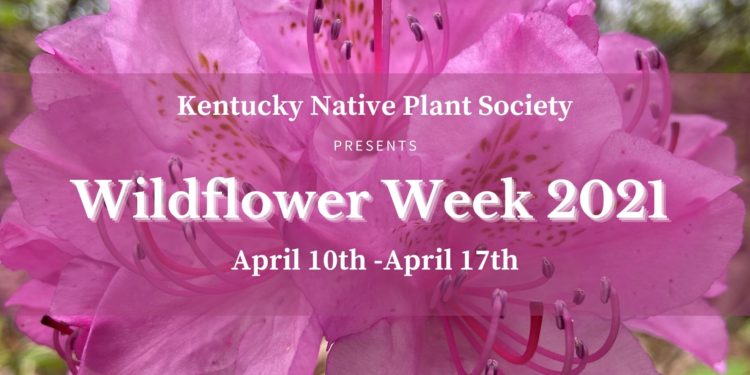BotanyBlitz on iNaturalist – April 2nd – 9th
In 20 days, naturalists and botanizers across the Commonwealth of Kentucky will be participating in BotanyBlitz 2022, held in conjunction with Wildflower Weekend 2022. This is the second year we’ll be holding our week-long BotanyBlitz, which is an effort to document as many plant species as possible within Kentucky between April 2-9. As it was last year, the BotanyBlitz will be hosted on the community science website, iNaturalist, and participants will be using the iNaturalist mobile app and website to upload photos of budding and blooming plants they observe in local parks, state parks, wildlife sanctuaries, and nature preserves.
A BotanyBlitz is community-science event that focuses on finding and identifying as many plant species We encourage anyone interested to sign up for an iNaturalist account if you’re not already a user, and join the BotanyBlitz project (just click “Join” in the top right corner of the project page), and download the mobile app for iPhone or Android. But of course, you don’t need to wait till the BotanyBlitz to start making observations on iNaturalist, and wildflowers across Kentucky are already starting to show their stuff. Let’s take a look at how the wildflower situation is shaping up thus far.
In Kentucky on iNaturalist, the first three blooming native wildflowers this year were Spring Beauty (Claytonia virginica) and Purple Cress (Cardamine douglassii)!
In first place, a startlingly early Spring Beauty was spotted by @gage_barnes at the Hancock Biological Station the afternoon of New Year’s Eve, December 31. Although this observation technically occurred in 2021, we’re counting it as a 2022 sighting since it was made a mere 9 hours prior to the new year.

In second place, another Spring Beauty was again spotted at the Hancock Biological Station, this time on January 31 by @fhincks.

And in third place, the first Purple Cress observation of the year appeared a mere two weeks later on February 15 at Floracliff Nature Sanctuary in Lexington, observed by @ky2c2t.

As the days continue to warm up, we’re seeing more obervations of both Spring Beauty and Purple Cress, as well as the aptly named Harbinger of Spring (Erigenia bulbosa), a hint of Snow Trillium (Trillium nivale), Hepaticas (Hepatica acutiloba and H. americana), Bluets (Houstonia pusilla and H. caerulea), and Virginia Saxifrage (Micranthes virginiensis), as well as a variety non-native (but still cute!) annual weeds. It’s just a matter of time before the rest of Kentucky’s spring wildflowers start to erupt out of the soil, so keep those observations coming and join us April 2-9 for a week of intensive wildflower-spotting!










